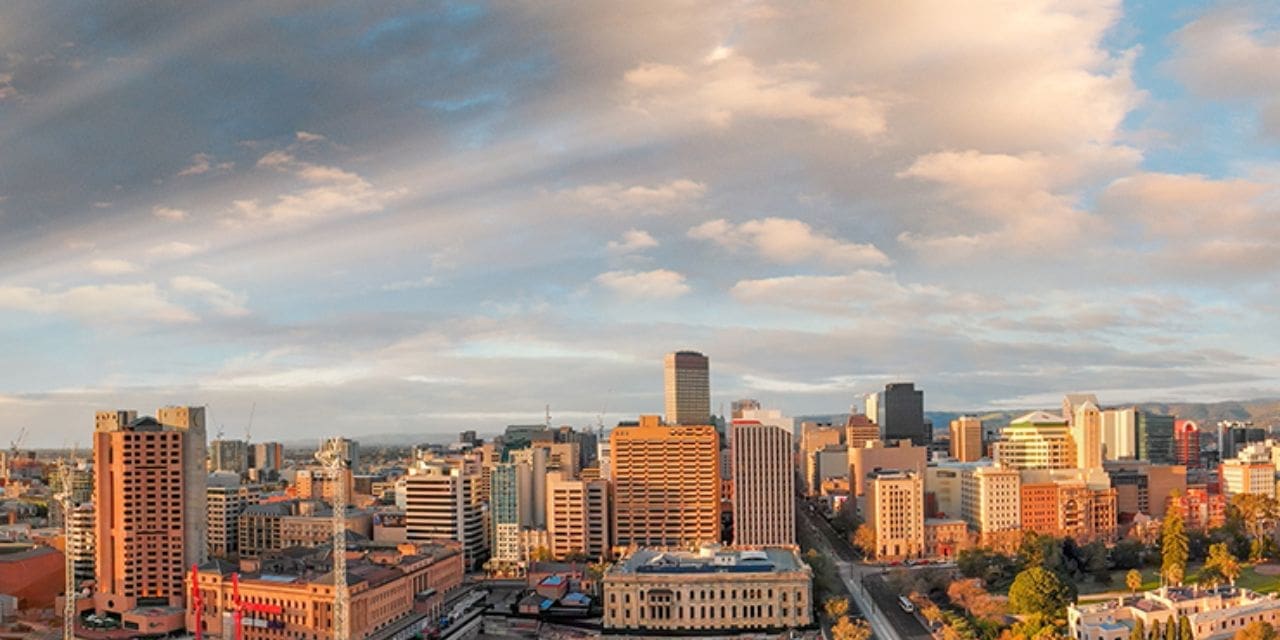Modern cities run on tremendous amounts of energy to power buildings, transport, and agricultural equipment. Most of this energy is extracted through the combustion of fossil fuels like coal and oil, resulting in hundreds of tonnes of greenhouse gases (GHG) like carbon dioxide. As of 2019, cities generated 70% of global GHG emissions. GHG emissions are directly responsible for accelerating climate change, and organizations worldwide are making a conscious effort to reduce them.
A zero carbon city is one such goal that city planners are trying to achieve. Zero carbon cities produce minimal carbon footprint and reduce GHG emissions by employing smart, sustainable designs and innovative technology. In this blog, we will understand the working of a zero carbon city.
What is a Zero Carbon City?
A zero carbon city generates enough sustainable energy to fulfil its energy demands. It also minimizes its carbon footprint, generally zero or negative, and is completely carbon neutral in its operations. So, a zero carbon city reduces its impact on the environment by reducing its GHG emissions entirely. It does so by utilizing energy optimization techniques and practising carbon sequestration. In addition, zero carbon cities implement efficient urban designs and involve revisions to city infrastructure. These revisions include favouring foot and bicycle traffic over automobiles and supporting community gardens.
Salient Features of a Zero Carbon City
- Green Energy: A zero carbon city, by definition, generates enough sustainable energy to meet its demands. It also includes renewable electricity produced using renewable sources like sun, wind, etc. Inculcating green energy into a neighbourhood has several source-specific advantages. For example, solar power brings energy production near the site of consumption and proves cost-effective and efficient.
- Green Infrastructure: Zero carbon cities integrate public garden areas, trees, and parks to remove carbon dioxide from the atmosphere naturally. They also provide regions with shade to provide natural cooling and reduce energy consumption. Additionally, the development of green spaces directly contributes to carbon sequestration.
- Local Farms: Farming is given high importance in a zero carbon city by encouraging residents to consume food cultivated locally. It minimizes food wastage, eliminates GHG emissions due to food transport and introduces a self-reliant supply chain in the city. However, to reach this point, farming communities currently need several organizations’ scientific and financial support to transition to eco-friendly farming practices.
- Low Carbon Transportation: Another important characteristic of a zero carbon city is to remove the dependence on fossil fuel-based vehicles. One way zero carbon cities realize it is by encouraging public transit run on renewable energy and building mixed-use development areas to facilitate shorter distances for transportation. These areas support commercial and personal operations and allow residents to work in the same neighbour conveniently.
Zero carbon cities also integrate electric vehicles (EVs) into the ecosystem by providing recharge hubs at strategic positions. As a result, EVs reduce GHG emissions directly by removing fossil fuel-based vehicles as the norm and increasing our dependence on electricity to improve energy efficiency.
- Zero Waste: Many experts consider zero waste an essential feature of a zero carbon city. A zero-waste policy includes smart waste management, recycling, storage, and energy recovery. For instance, heat generated from industries can be used for heating buildings.
Secure a Green Future for your Business
Organizations are racing to transform their neighbourhoods into zero carbon cities. Sustainable practices are the need of the hour, and only well-planned cities can bring them into daily consumer life. Collaborating with the right organization can support your city’s net zero journeys. We recommend exploring the market and talking to experts before investing your money and time. Make an informed decision to support a sustainable future.

